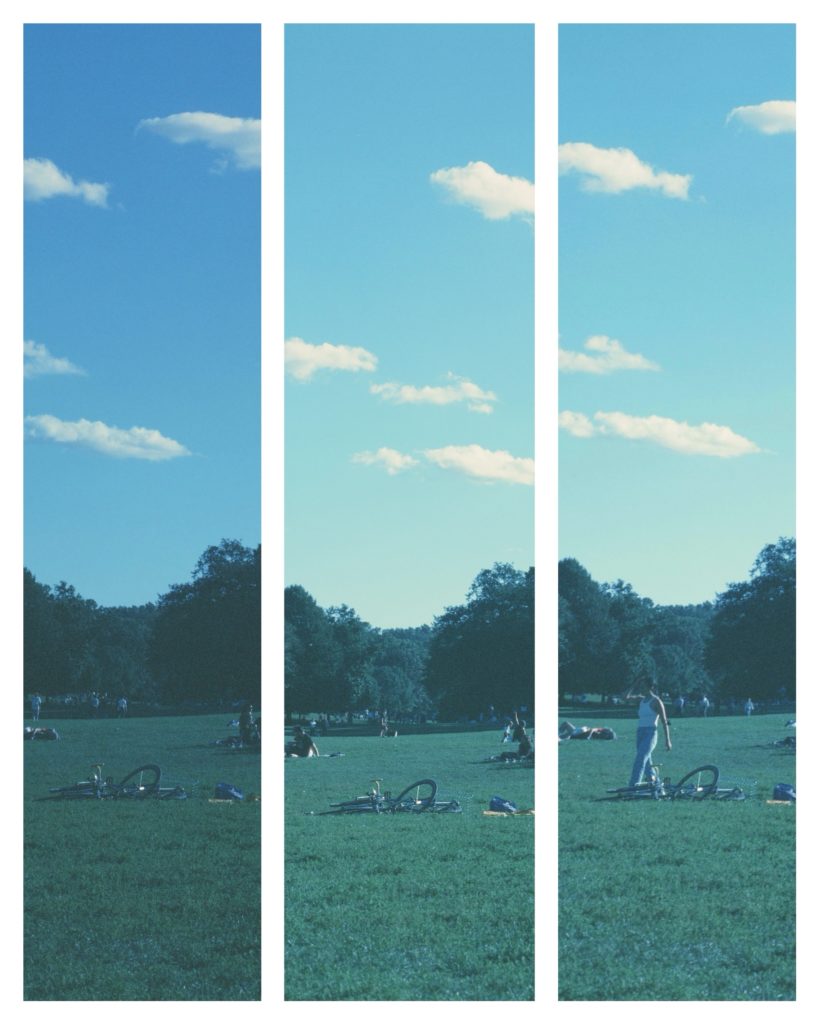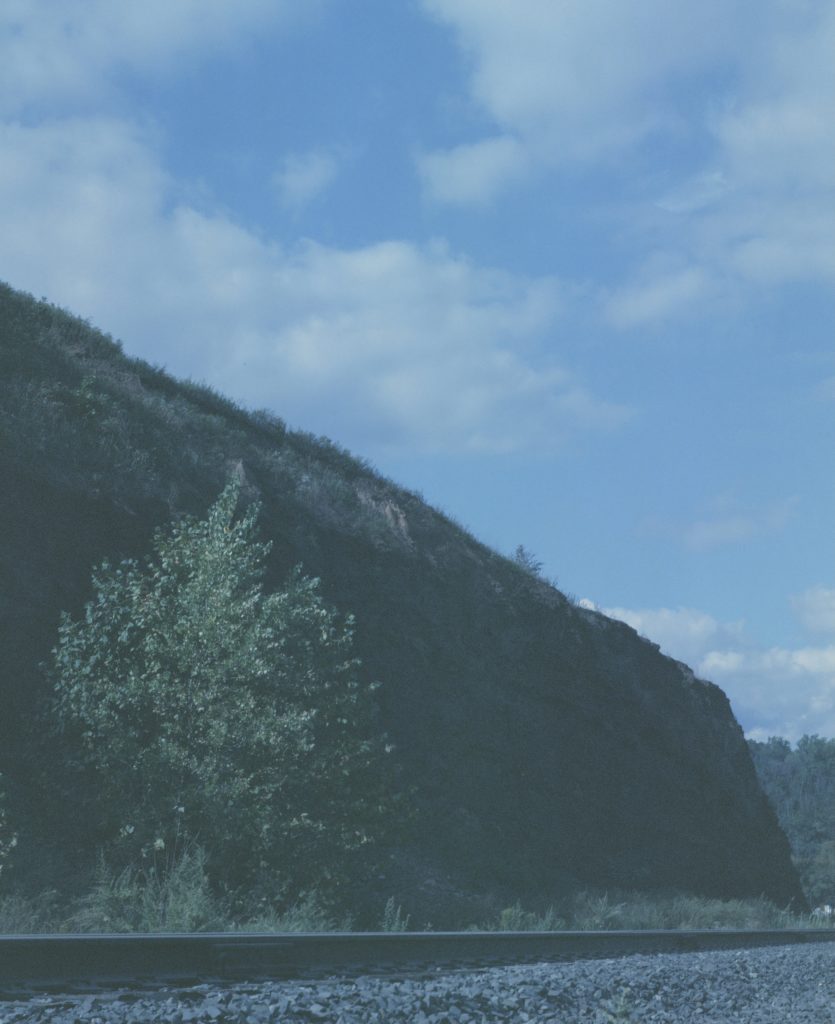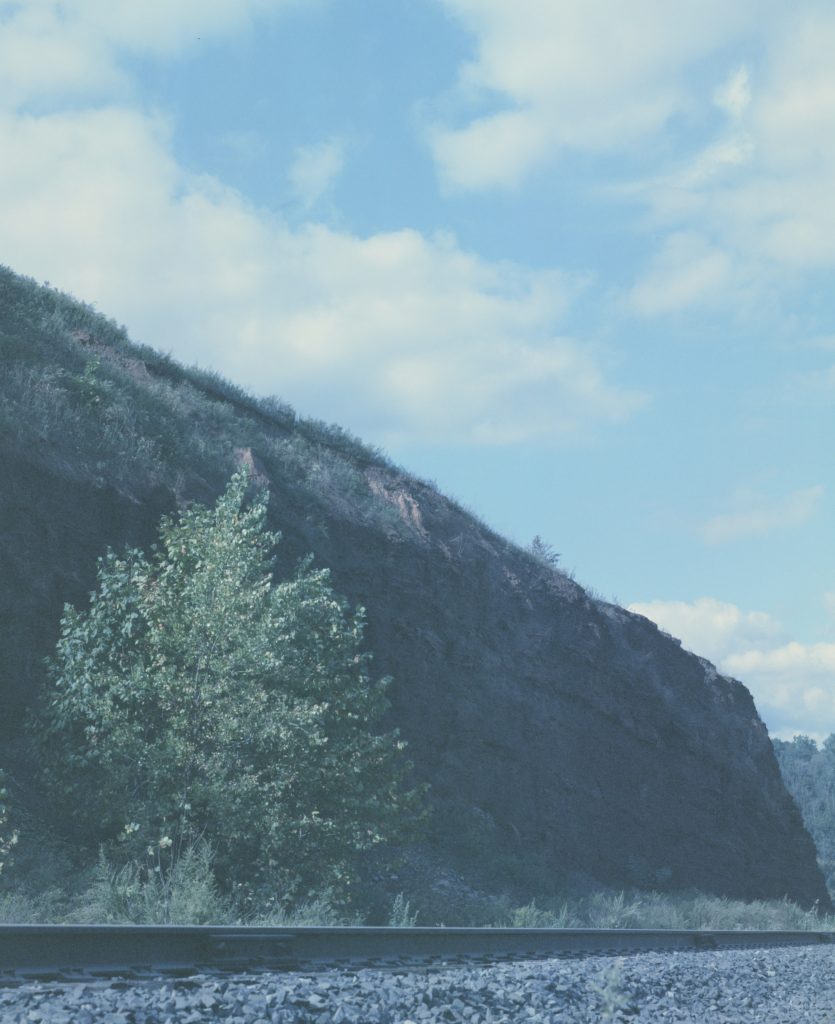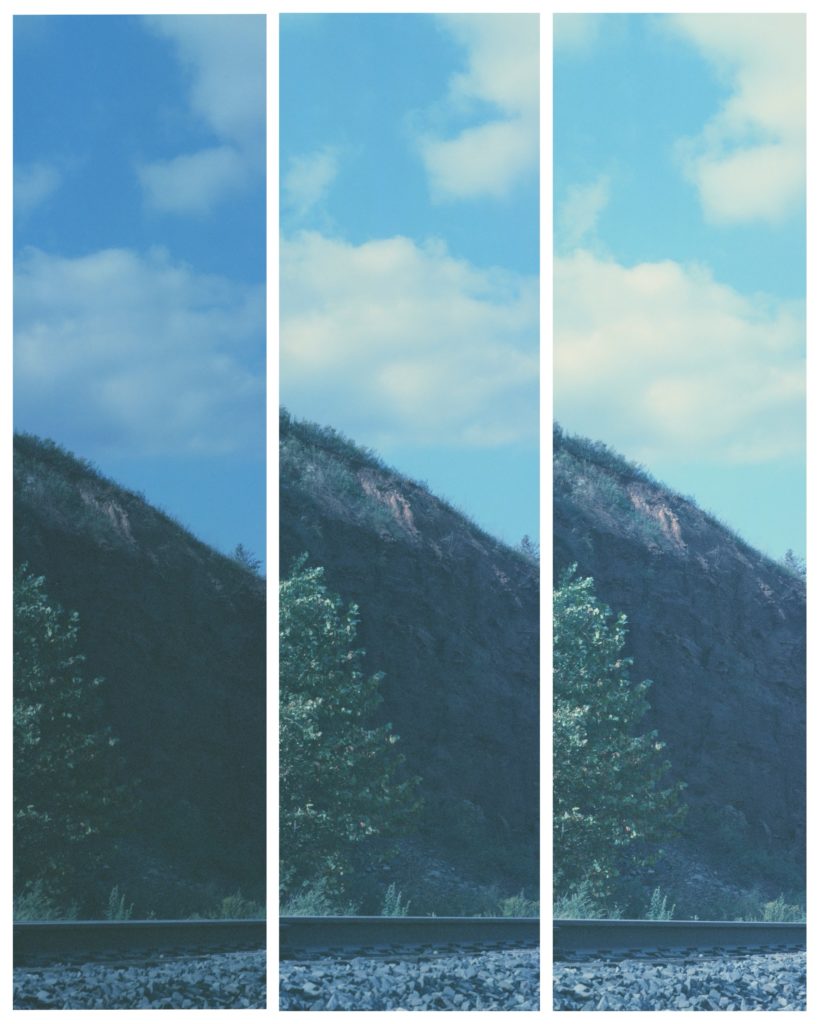
TRUTH IS, I’M A FIEND
when it comes to anything film related, and can I really blame myself for that?
In the third grade, they asked us to pick our top three career choices for when we grew up, and mine were:
Chemist,
Astronaut,
and Car Designer.
So, being that film photography is entirely based off chemistry-
I blame my Third Grade Self for this problem.
A couple months ago, I went antiquing and came across a vendor who was selling a bunch of vintage cameras, and of course I had to go in.
It was great seeing cameras from World War II and the galore of related books she had, but when she mentioned she had a box of film, my pupils dilated.
She pulls out a dusty plastic container, and as I was looking through it, I found a roll of Kodak’s Ektachrome 160T 120mm film— that expired in 1984.
I contemplated on whether it was worth it for like five seconds, but it was $5 anyways, so I said “Why not?”
I had no special purpose for the roll, especially being that it was 12 years older than me, I knew that there was a high probability of it coming out like absolute garbage.




Prospect Park, NY shot at box-speed, +2 stops, and +4 stops with the Mamiya RB67.




Rocky Hillside shot at box-speed, +2 stops, and +4 stops with the Mamiya RB67.
Ektachrome 160T
Is a type of film that once developed (in different chemicals compared to standard film) produces slides that are color-positive (compared to regular film that when developed, is a negative that then needs to be inverted to show normal colors) that are rich in color and just pretty cool in general!
Some things that I had to consider going into this were:
- To get a decent exposure with expired film, you have to expose 1 stop for every 10 years. So being that this roll was an 80’s baby: ‘84, ‘94, ‘04, 14 (and I just stopped there because I was lazy) = +4 stops overexposure.
- This film is Tungsten light balanced, so if not shot in its preferred lighting conditions (which it wasn’t) there is a high chance there will be a very blue cast (which happened).
- And lastly, slide film is hard to expose correctly. If you don’t meter the scene right, you’ll get very harsh contrasts because the film just doesn’t spread evenly.
And, this is what I got!
I took three frames of each scene, one shot at box speed, then +2 stops, then +4 stops, and you can see the overall lighting gets better with each overexposure.
Obviously, these still came out hella weird but it was interesting to mess with!
I also attempted to color correct each scene in the +4 exposure (which involved a lot of green/blue shifting in the shadows)
Would I do this again?
Ehhhhhhhhh, yeah-
But I’ll just keep blaming my Third Grade self and his love for chemistry.

“Color corrected” frame +4 stops of a rocky hillside in Bridgewater, NJ

“Color corrected” frame +4 stops of Prospect Park in Brooklyn, NY during Lomography’s Annual Film Photo Gathering
